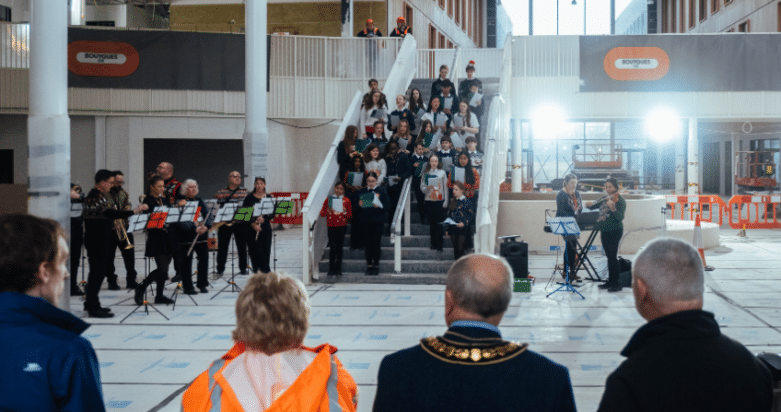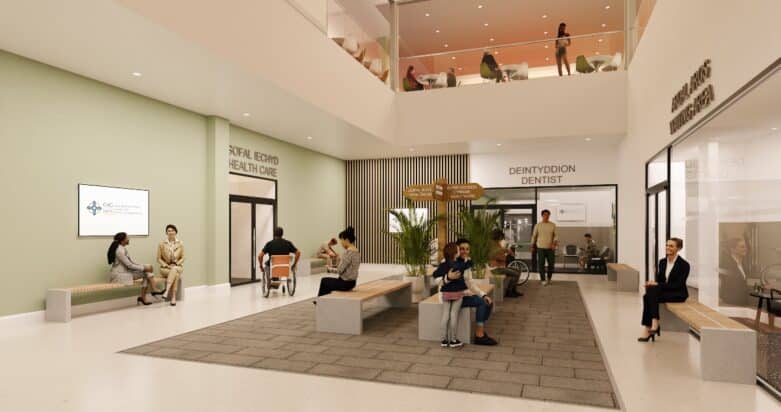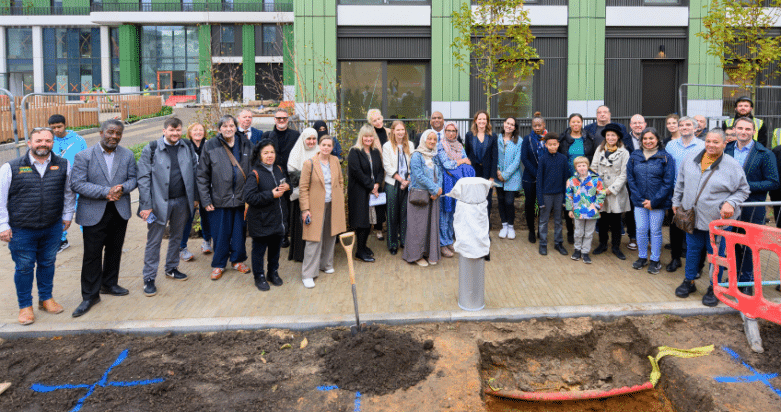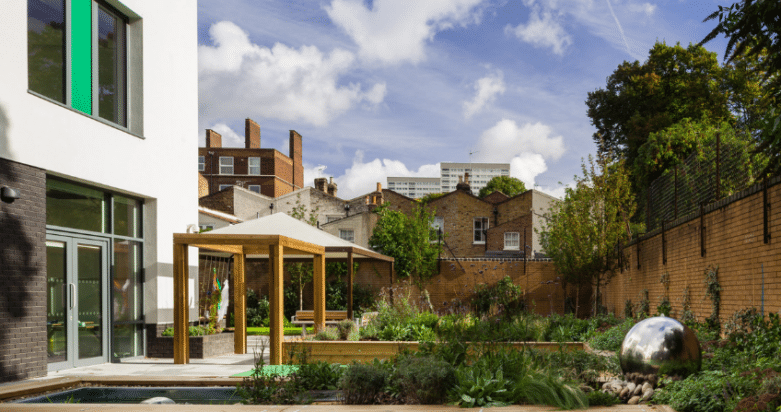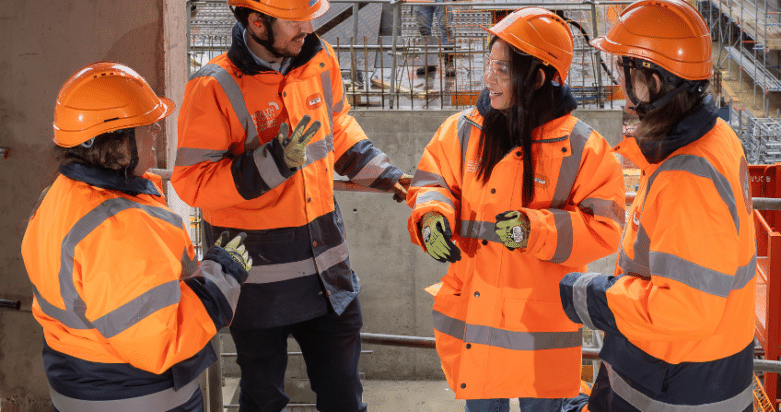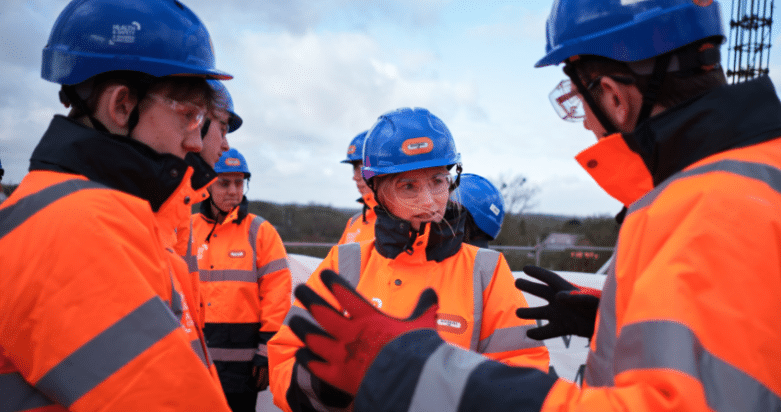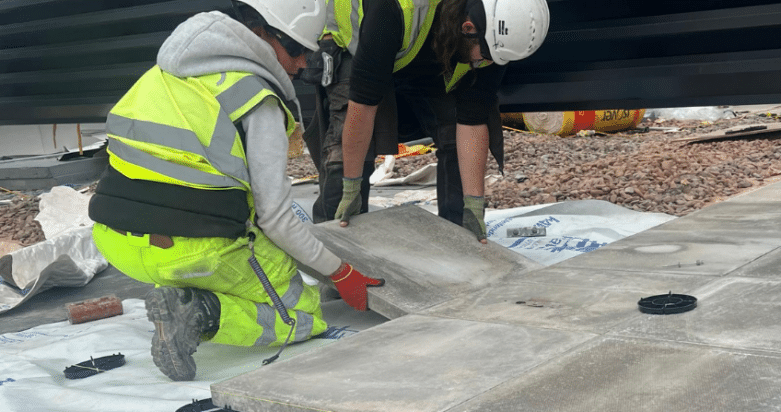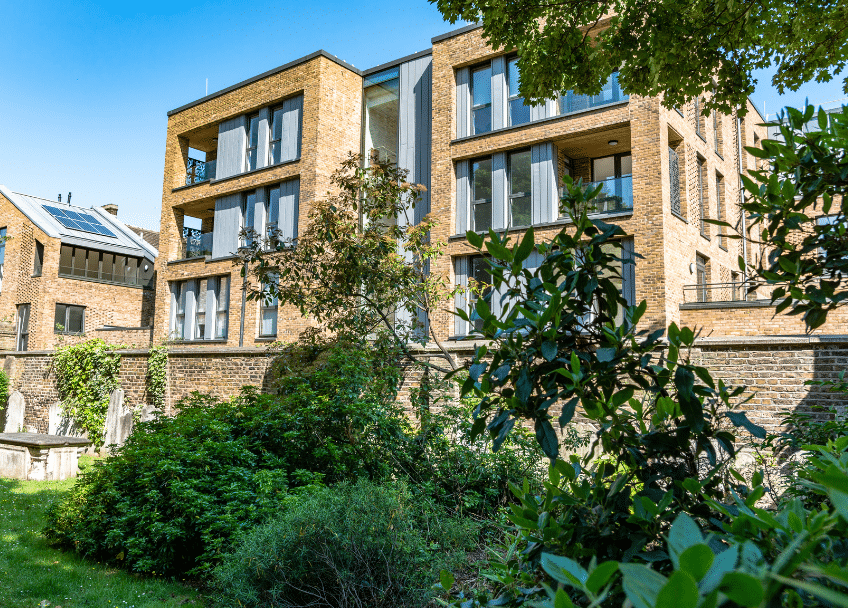
Passivhaus: Pioneering the Next Generation of Sustainable Homes
Author
Peter Courtenay
Senior Energy Manager
Across the UK, there is an undeniable need for housing and infrastructure, and yet, in the face of an escalating climate crisis, these must be delivered sustainably. One effective and transformative solution lies in the Passivhaus standard, a pioneering approach to energy-efficient buildings that aims to drastically reduce carbon output and enhance occupant comfort.
What is Passivhaus?
Originating in Germany in the early 1990s, Passivhaus is a performance-based standard that aims to minimise the energy required to heat and cool buildings. By focusing on the the design aspects that impact actual energy performance, rather than theoretical energy targets not based on reality, Passivhaus standards ensure that a building’s operational carbon emissions are dramatically reduced. Homes, schools, student accommodation, and offices built to this standard not only save energy—cutting consumption by up to 80%—but they also create healthier, more comfortable living spaces for their occupants by maintaining stable indoor temperatures and excellent air quality year-round.
Bouygues UK, drawing from the wider Bouygues Group’s expertise, is leading the way in integrating Passivhaus principles into the UK market. Through smart design, rigorous quality control, and a well-established supply chain, Bouygues UK is helping to bring Passivhaus to a broad range of buildings. Given our expertise in the area, Bouygues UK is proud to be able to achieve exceptional standards in energy efficiency at a competitive cost, supporting the UK’s journey towards a more sustainable built environment.
The Benefits of Passivhaus
Passivhaus-certified buildings focus on several core design elements to reduce energy usage and improve occupant well-being:
- High-quality insulation: By using advanced insulation materials, Passivhaus buildings reduce heat loss, keeping spaces warm in winter and cool in summer. This eases the need for active heating and cooling systems and keeps energy bills low.
- Airtight construction: A key feature of Passivhaus is its airtight building envelope. This approach minimises air leakage, reducing draughts and energy loss, and ensures that indoor air temperature remains stable without excess energy expenditure.
- Thermal bridge-free design: Traditional buildings often have “thermal bridges”; areas normally between junctions where heat escapes more easily (such as at window frames or wall joints). Passivhaus limits these thermal bridges, further reducing heat loss and preventing condensation-related issues like mould.
- Mechanical ventilation with heat recovery (MVHR): An MVHR system ensures a continuous supply of fresh air while recovering up to 90% of the heat from the outgoing air. This helps maintain a high standard of indoor air quality and reduces the need for conventional heating.
- High-performance windows: Passivhaus standards call for advanced, triple-glazed windows that are carefully oriented to maximise passive solar gain in winter while reducing overheating in summer.
Together, these elements not only reduce a building’s reliance on external energy sources but also enhance the comfort of those living within. In a time when fuel costs are rising and greener energy mechanisms are key, Passivhaus offers a resilient solution.
Passivhaus as a Stepping Stone to Operational Net Zero
The concept of “operational net zero” refers to a building that has net-zero carbon emissions during its operational life. Achieving this goal is challenging, yet Passivhaus standards provide a clear path toward this future. Bouygues UK’s approach to Passivhaus involves early engagement with sustainability experts and appointing experienced Passivhaus designers to ensure all carbon targets are addressed from the outset of each project. Passivhaus design will form a key component to meeting the UK Net Zero Carbon Building Standard, by reducing building energy demand.
Passivhaus Proof Projects
Bouygues UK has made significant advances in Passivhaus-certified developments over the last decade. One example is the Keyte Gardens project in Warwickshire, a collaboration that delivered 14 affordable homes for the Rural Housing Association. This development incorporated innovative energy-saving features such as an air source heat pump, MVHR system, and triple-glazed windows, resulting in space heating costs 70% lower than standard builds. In addition to cost savings, this Passivhaus project brought comfort to residents and achieved impressive environmental performance.
Similarly, the One Brighton development, the UK’s first commercially viable zero-carbon project, follows Passivhaus principles, incorporating advanced insulation, a biomass boiler, and renewable power to create a sustainable living space. This project’s emphasis on sustainability extends beyond energy savings, as it also incorporates recycled materials, local labour, and low-carbon transport options to create a building that serves as a model of low-carbon living.
Looking Forward: Passivhaus as the Future of UK Homes
The UK government has set ambitious targets for reducing carbon emissions, and the adoption of Passivhaus principles across more residential and commercial developments will play a critical part of this journey. As Bouygues UK continues to champion this standard, Passivhaus is becoming a vital framework for building the sustainable homes of tomorrow. Bouygues UK approach which prioritises stringent quality control, robust insulation, and ongoing energy monitoring, showcases how Passivhaus can lead to significant carbon reductions and create resilient, comfortable spaces for future generations.
Passivhaus is much more than just a sustainability standard; it’s a vision for the next generation of cost-effective, and climate-conscious housing. As more developers, architects, and communities embrace this approach, Passivhaus has the potential to transform the UK’s housing landscape, setting a standard for others to follow and helping the nation move decisively toward a low-carbon future.


